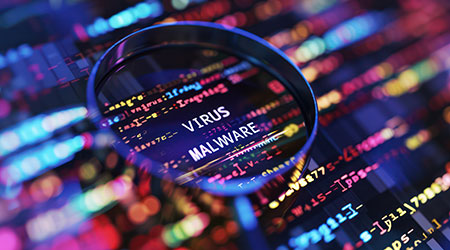PayPal’s a go-to for secure online payments, trusted by millions—but cybercriminals have found a sneaky way to exploit it. In this week’s scam, you’ll get an email that looks like it’s straight from PayPal, asking you to settle a payment. The email’s legit, complete with an authentic PayPal link. So what’s the catch? It’s a trap set by scammers, and it’s clever.
Here’s how it works: the email isn’t just sent to you—it’s also addressed to an unfamiliar email that belongs to the cybercriminals. If you click the link to pay, that strange email gets tied to your PayPal account. Once linked, the scammers gain full control, peeking at everything from your login details to your financial info. Your money’s not safe, and they’re in the driver’s seat.
Don’t let this phishing ploy catch you off guard—here’s how to protect yourself:
- Pause before paying. An unexpected payment request via email? Don’t click—head straight to PayPal’s official website or app to handle it securely.
- Inspect the recipient list. If the email’s sent to multiple addresses, especially ones you don’t know, that’s a big warning sign.
- Don’t trust appearances. Even if the sender’s domain looks real, scammers can hijack trusted sources to make their schemes convincing.
This scam’s slick, but a little vigilance can keep your PayPal account locked tight. Stay sharp out there!


